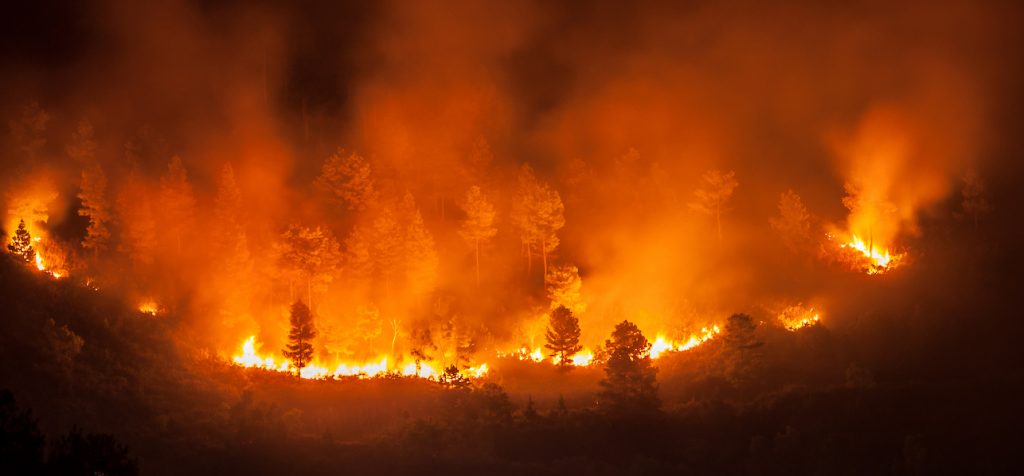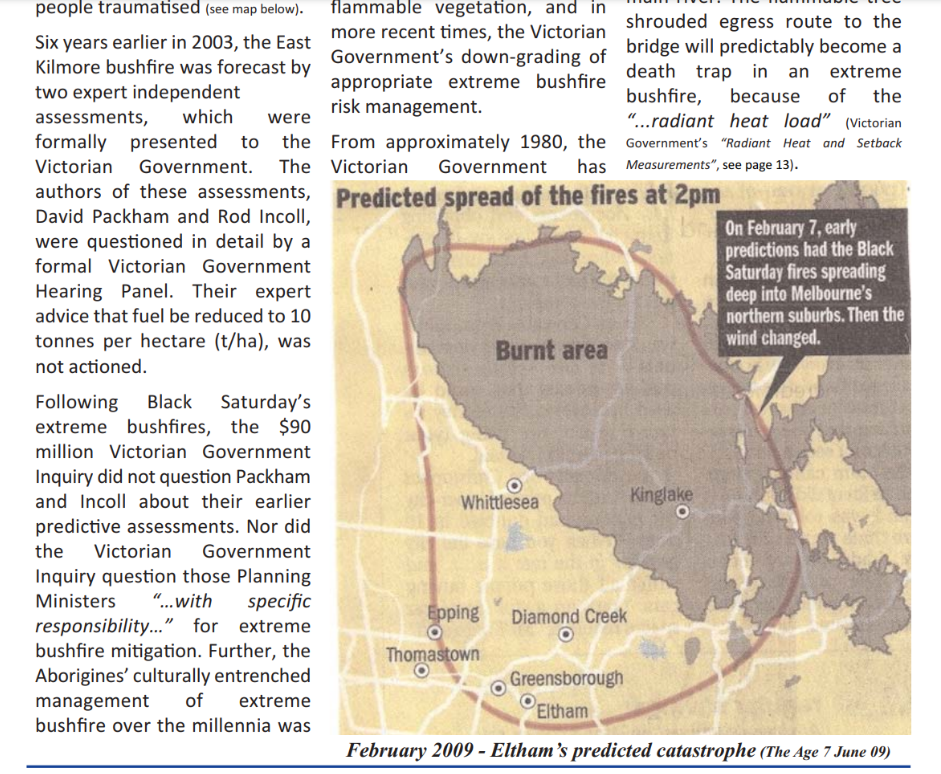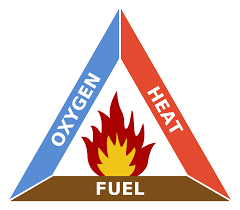
Bushfire Mitigation
Nobody wants bushfires. They are devastating to our natural environment, wildlife, economy, community and most significantly – families lives and property.

The lessons of Black Saturday
In one of the world’s worst bushfire events ever recorded, the Black Saturday bushfires of 2009 burnt 450,000 hectares of land, destroyed 2000 homes and claimed 173 lives in and adjacent to Nillumbik.
If it were not for a wind shift, the East Kilmore bushfire was predicted to continued its devastating passage into Diamond Creek and Eltham. It was estimated that the fire was approximately 15 minutes away from reaching North Warrandyte.
If the fire continued as predicted, thousands could have been killed and in excess of 100,000 people impacted.

Bushfire Mitigation
Whilst investigations into the contributing factors to the bushfire disaster have been in depth and exhaustive, the simple fact is, that there is only one element of wildfire risk that is within our power to control. It is not climate and temperature. It is the Management of Fuel loads.
Aboriginals taught our pioneers to manage fuel loads with cool controlled burns that trickled across the landscape. But the abandonment of these practices and ever more restrictive conservationist policies since the 1970’s have seen an enormous and dangerous build up in fuel loads and risk of catastrophic fire events.
This is why planning decisions and environmental vegetation overlays and management practices are so fundamentally important to landowners and our ability to protect life and property from bushfire for the benefit of all Nillumbik community.
